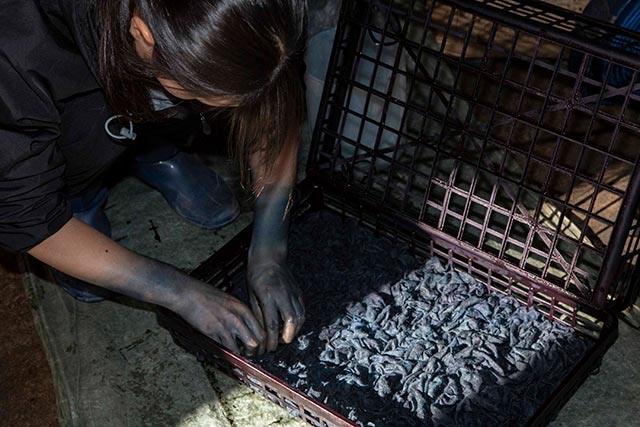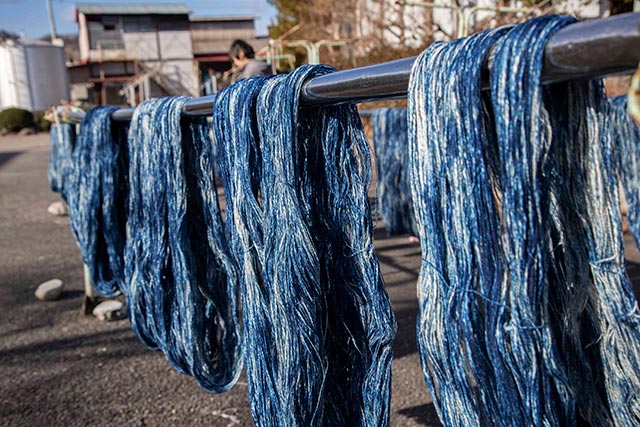Udon (Associated spots)
Introduction to associated facilities
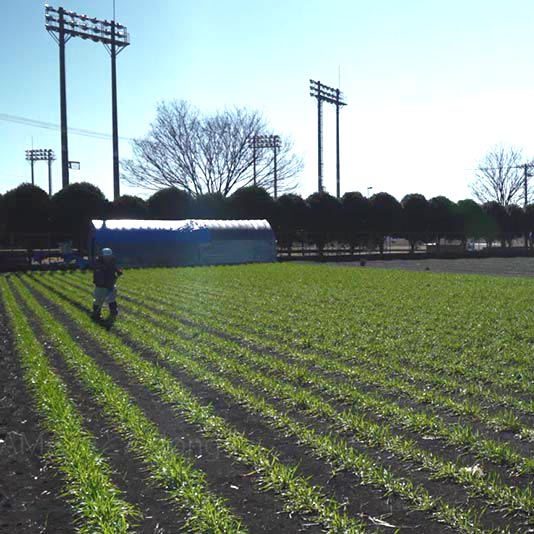
Murayama Udon Association
- Musashi Murayama City
- Tama Foods
Musashi Murayama is the birthplace of the udon that has spread through Tokyo’s Tama region. The Murayama Udon Association promotes “Murayama kate udon,” which has been eaten since long ago, including on important ceremonial occasions. The association works to cultivate the charm of Musashimurayama. It conducts activities including udon-related events, udon making classes, and projects to increase wheat production.
TEL. 050-3631-9502
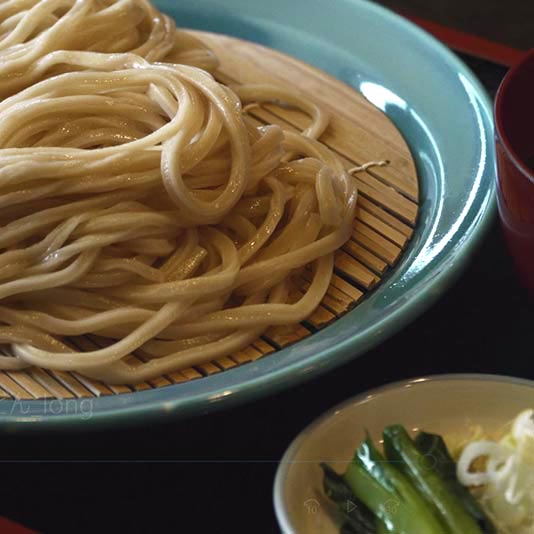
Ikyu
- JR
- Musashi Murayama City
- Tama Foods
“Ikyu” operates as an udon restaurant in the afternoon and an izakaya (Japanese tapas bar) at night. The thin noodles made from a carefully selected, flavorful wheat-flour blend produced in the Kanto region are a distinctive feature. With many varieties of alcohol and side dishes available, the udon could also be a great way to finish off your meal. You can enjoy udon made like the olden days.
1-48-1 Honmachi, Musashimurayama City, Tokyo 208-0004
TEL. 042-520-1919
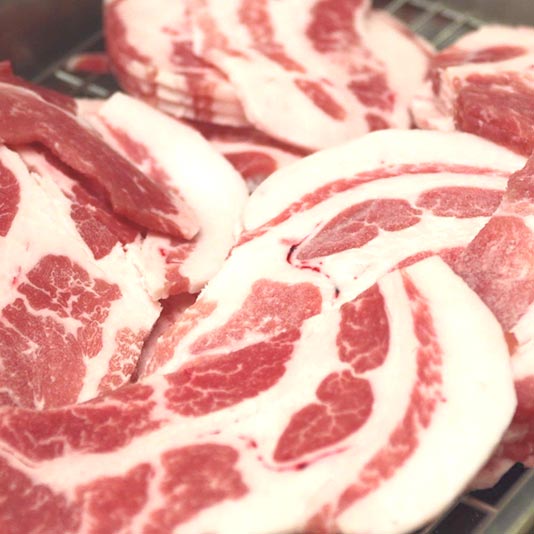
Ome Center for Animal Husbandry: Tokyo X Production Site
- Ome City
- Tama Foods
The Ome Center for Animal Husbandry improves (又はmaintains) the pedigree of Tokyo brands “Tokyo X,” “Tokyo Game Fowl,” and “Tokyo Silky Fowl” born in Ome, and distributes breeding stock to producers. The residents of Tokyo are extremely delighted by the producers’ animal products.
6-7-1 Shinmachi, Ome City, Tokyo 198-0024
TEL. 0428-31-2171

Soba Tokoro Tsukumo
- Ome City
- Tama Foods
The first restaurant that used “Tokyo X” pork in niku (meat) udon. The fatty meat in niku udon mixes with the noodles and melts in your mouth. It’s so delicious that you’ll drain the broth before you realize it. Furthermore, dishes like Tokyo X niku nanban (noodles with boiled pork and green onions) and soba made up of 80% buckwheat-kernels have earned a good reputation as local Ome dishes.
5-45-2 Shinmachi, Ome City, Tokyo 198-0024
TEL. 0428-32-1230
Introduction to tourist spots
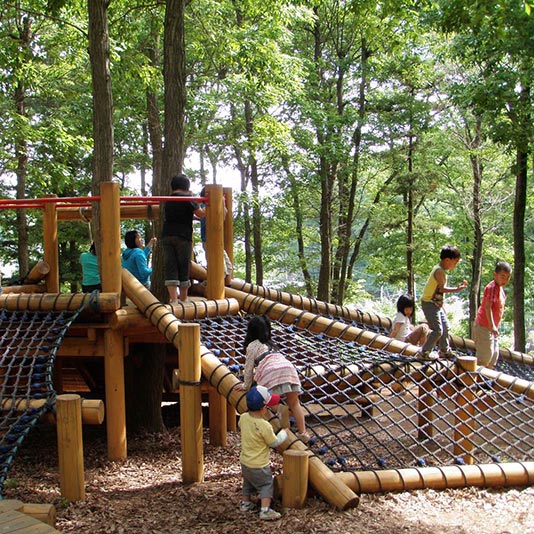
Noyamakita-Rokudoyama Park
- Musashi-Murayama
Noyamakita-Rokudoyama Park’s abundant nature has been preserved by the Tokyo Metropolitan Government, and it is the largest municipal park. It is located on the western side of Toritsu Sayama Park, a “green island” in the capital city. Most trees in the park are deciduous, like pin oaks, sawtooth oaks, and Japanese snowbells, so you can enjoy the landscapes of each season. At “Satoyama Experiential Area,” many park volunteers perform activities like paddy, field, and woods management, as well as the hosting of events.
4-2 Mitsugi, Musashimurayama City, Tokyo 208-0032
TEL. 042–531–2325(Noyamakita-Rokudoyama Park Information Center (Management Office))

Himawari Garden Musashimurayama
- Musashi-Murayama
A field where you can see over 100,000 sunflowers, including rarities like red and multilayered sunflowers. Almost 20,000 people visit every year. In 2020, we plan to open on July 4th.
1460 Midorigaoka, Musashimurayama City 208-0012
TEL. 042-598-0069(General Incorporated Association Hinohara Mura Tourism Association)

Ome City Umeno Park
- Ome
Umeno Park has 1,200 plum trees from 144 varieties, including trees that bloom in the early, mid, and late season. From February 23 to March 22, Ome City’s Yoshinobaigo holds “Yoshinobaigo Plum Festival” on the outskirts of the park.
Center Building 3F, 1-2-5 Higashiome, Ome City 198-0042
TEL. 0428-20-0011(Ome Tourist Information Center)
Tradition / Culture

Indigo Dyeing Studio Kosoen
- Ome
A specialty indigo dyeing studio that uses a technique called “lye fermentation,” which has been used for over 400 years since the Edo period. Lye fermentation is gentle on the body and the environment, because it uses only natural materials. Repeated dyeing deepens the color. Ome has been known as a textile-producing area since ancient times.
The current studio was opened in 1989 by two brothers from the Murata family, in order to hand down handicraft traditions from the Edo period. The studio dyes many different items, such as clothing and upholstery. Customers can also enjoy indigo dyeing clothing or bandanas themselves for a small fee.
Introducing long established stores/Tama’s Gourmet
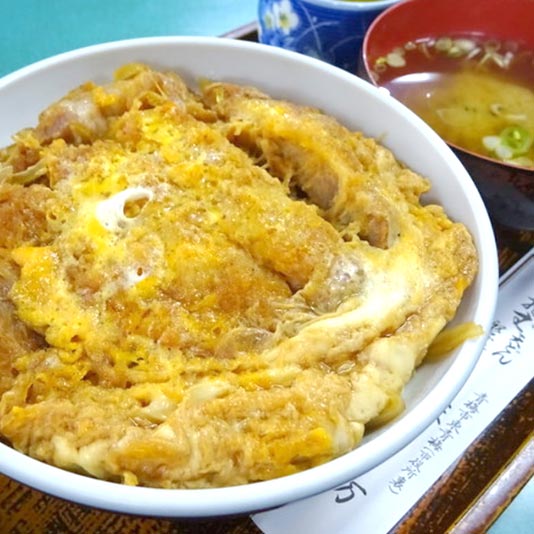
Moriman
- Ome City
- Tama Foods
A familiar, well-established soba restaurant from long ago. Although we specialize in soba, our extremely filling katsudon (pork cutlet over rice) made with “Tokyo X” pork is also popular. You can enjoy all of our Tokyo X dishes, including Pork Udon, Curry Nanban, and Nabeyaki (noodle hot-pot).
3-9-7 Higashi-ome, Ome City, Tokyo 198-0042
TEL. 0428-22-1331
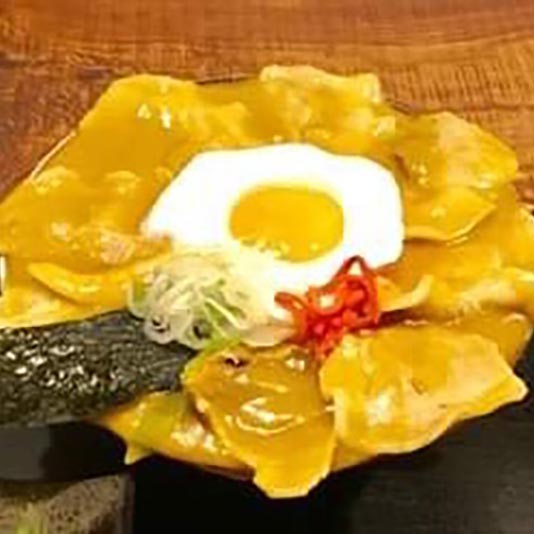
Handmade Udon Negishi-ya
- Ome City
- Tama Foods
Located in a renovated old storehouse, our interior has a tasteful design. Our special TOKYO X Curry Nanban Udon’s distinctive feature is TOKYO X pork arranged in petal-like shapes. It is a masterpiece with thick, firm yet flexible handmade noodles mixed with our specially-made roux.
We have also assembled a rich variety of udon dishes, from typical “kakeudon” to “nikomi” (stew-style) udon.
1-40-4 Katsunuma, Ome City 198-0041
TEL. 0428-22-3083
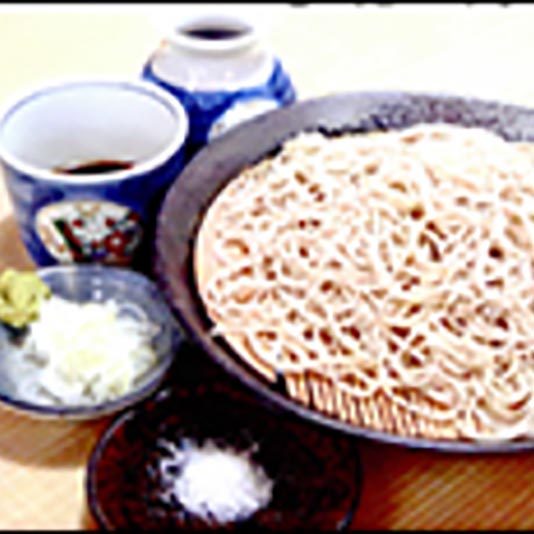
Soba Dokoro Kiyokawa
- Higashiyamato City
- Tama Foods
“Soba Dokoro Kiyokawa” was established in 1968. We make sure to use only domestically-produced, local ingredients. For salt, which is essential when making udon, we use a traditionally-produced coarse salt. Additionally, we have been recognized as a facility with excellent food hygiene by the Minister of Health and Welfare.
3-413 Takagi, Higashiyamato City 207-0005
TEL. 042-562-2604


